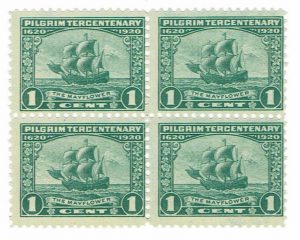Stamp Grade Definitions Related to Centering
 By D. J. McAdam
By D. J. McAdam
In stamp collecting, precision is everything, and once you get into the hobby this demand for precision actually becomes part of the fun. One area that calls for being precise – or at least as precise as one can reasonably be – is terminology, especially when it comes to describing stamps and their condition.
Some common terms are listed on our philatelic terms page, which you should probably review along with this page. What we’re talking about below has to do with centering; that is, how well positioned, or “centered” a design is on a particular stamp.
A word of explanation: a stamp with very fine centering and some sort of defect is not a “very fine” stamp. If the defect is a thin, then the stamp must be described as having a thin. Using this example, we might describe the stamp as “very fine centering, has thin.” If it is also heavily hinged, then one might say, “very fine centering, heavily hinged, has thin.” Honesty and ethical behavior demand that we point out any defect on a stamp that could detract from its value or desirability.
If you only collect stamps from the last 50 years, centering is rarely an issue. Modern advances in printing technology help ensure that the poorly-centered stamp is rarely encountered. In early issues, such as stamps from the 19th century, the situation is reversed, and it is rare indeed to find an early stamp with extremely fine centering.
Extremely Fine – The stamp is about as perfectly centered as it could possibly be, within the boundaries of the outer edge of the stamp. Clean margins.
Very Fine – Clean margins, the design does not touch the perforations, nicely balanced appearance. Centering is not as perfect as in extremely fine, but the centering certainly looks about right.
Fine – One can tell, by looking at the stamp, that the design is off-center. The perforations do not cut into the design, but on early issues the distance between the design and perforations on one or two sides can be quite close.
Good – I do not use the term “good.” If I did, it would mean “fine,” and most dealers and collectors (at least when they are selling, as opposed to buying) would rather describe something as “fine” than as “good.”
Average – Perforations do touch or cut into the design, but only to a slight extent.
Fair – I do not use the term “fair.” If I did, it would mean “average.”
Below Average – Perforations cut significantly into the design of the stamp.
Looking for stamps for your collection? Be sure to check out Sonora Stamp Shop.